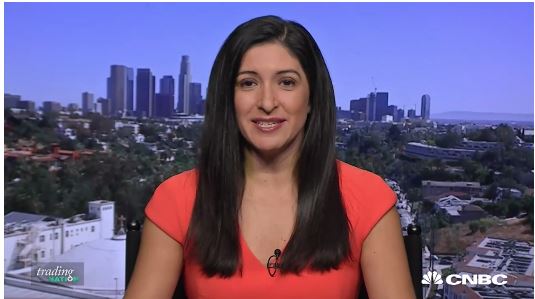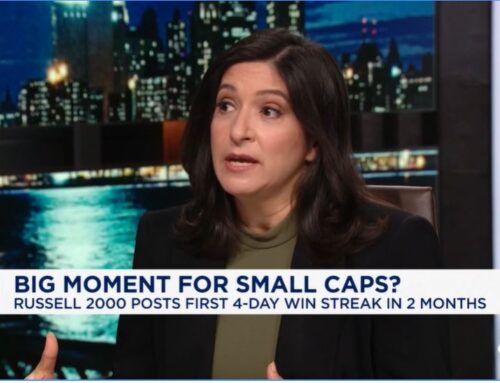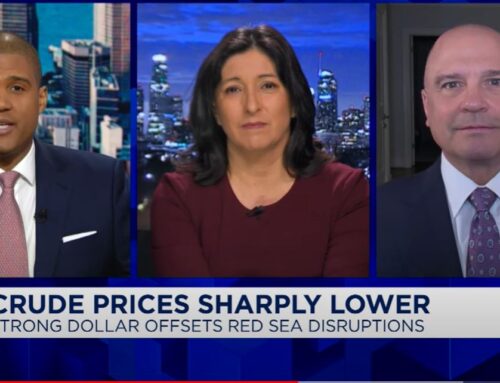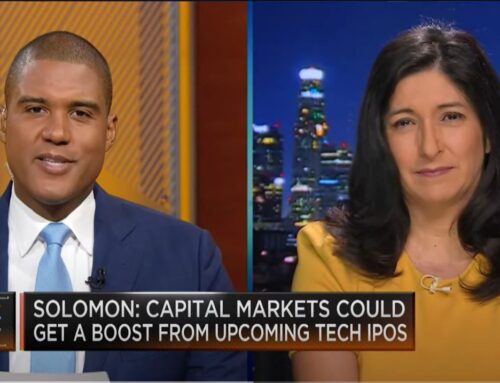Several signs are pointing to soft earnings and economic growth, according to Gina. Specifically, she is “looking at the divergence between the soft data, like consumer confidence, and the hard data, like retail sales. Consumer confidence was pacing well above retail sales for many months now, and we are starting to see that start to slow and come back to the reality that the retail sales numbers never up up pace. All of this signals to Gina that the economy is in a recovery mode, but that recovery is “like going to continue to be modest.”
“We believe that expectations have, as usual, gotten ahead of reality. We think that we are still in 2 percent growth mode, going through the rest of the year,” she said. Specifically, sectors that could under-deliver toward the end of the year are consumer-related areas such as consumer discretionary. A relatively weak U.S. dollar also adds to Sanchez’s less-than-optimistic outlook.
“We see a weak dollar, and that weak dollar is likely to be inflationary. That is going to be a challenge when wage growth has not matched pace with the rest of inflation,” she said. The dollar index on Friday logged its biggest daily performance since January, though the greenback is still weak on a year-to-date basis against many foreign currencies.
In the monthly employment situation released Friday, average hourly wages rose in line with expectations, but remained sluggish on an annual basis. Unemployment ticked down to 4.3 percent.
“We think, given the outlook for growth, earnings could under-deliver at the end of the year. That, in combination with what we think is a high [price-to-earnings ratio] relative to all the external risks to [price-to-earnings ratio], could create a situation where investors should be considering consolidating their positions and getting into wait-and-see mode for the end of the year,” Sanchez said.
The U.S. market may not deliver through the rest of the year: Pro from CNBC.






